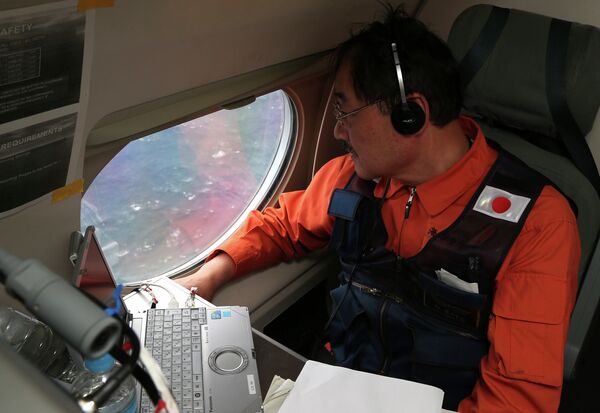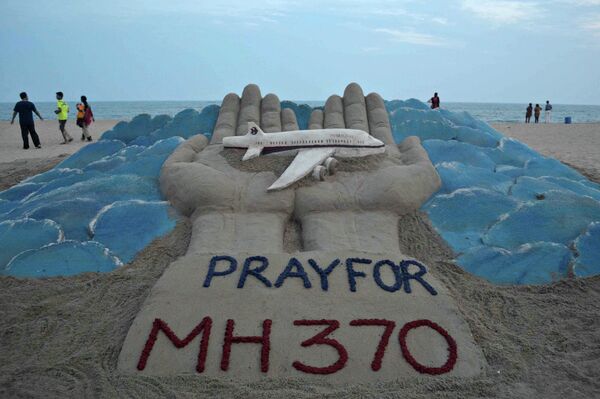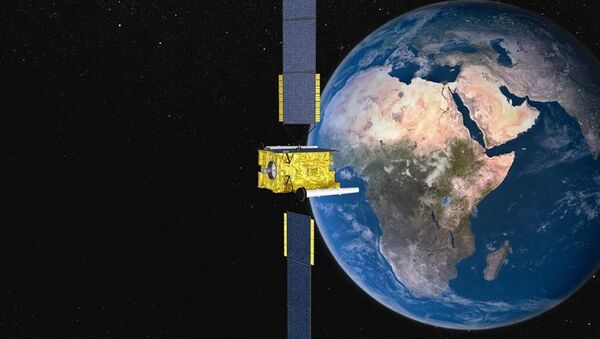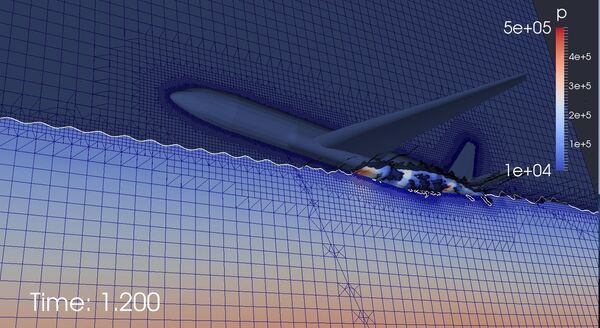Malaysian Airlines flight MH370, a Boeing 777-200ER aircraft departed from Kuala Lumpur on March 8, 2014 bound for Beijing. Less than 40 minutes after take-off air traffic controllers lost radar contact with the aircraft between Malaysia and Vietnam.

The main part of the airframe has never been found, but some parts from the aircraft have been washed up on the shores of the French island of Reunion, in the Indian Ocean. The aircraft is believed to have crashed killing all 227 passengers and 12 crew.
The major issue is that the aircraft completely disappeared from ground-based radar and its flight path has never been accurately discovered.
Britain first became involved soon after the flight disappeared when London-based communications company Inmarsat investigated the Doppler effect of the last available data received from the aircraft and suggested a probable target area for search in the Indian Ocean.
Australia continues to search a huge area of the Indian Ocean in an effort to find any trace of the aircraft, the parts of which have taken a year to be swept up to the Indian Ocean islands and which may hold a clue to the disappearance of MH370 last year.

The loss of MH370 was not the first 'disappearance'. Prior to this, in 2009, Air France flight 477 from Brazil to France was lost in the Atlantic Ocean. The aircraft's flight data recorders were only recovered after a two-year search.
Satellite Solution
The disappearances led to calls for live tracking — via satellite and other communications systems — so that every aircraft could be monitored live. Seventy percent of flights over oceans and mountains are not covered by ground radar.

Aircraft currently send Automatic Dependent Surveillance-Broadcast, or ADS-B, signals to ground stations, which limits coverage. However, an agreement has been reached at the United Nations World Radiocommunication Conference in Geneva that signals can be sent to satellites as well and the system could be in place as soon as the end of 2017.
A statement from the UN said:
"The International Telecommunication Union (ITU) announced today that frequency band 1087.7-1092.3 MHz has been allocated to the aeronautical mobile-satellite service, known as 'Earth-to-space', for reception by space stations of Automatic Dependent Surveillance-Broadcast (ADS-B) emissions from aircraft transmitters."
"This means ADS-B signals will be extending beyond line-of-sight to facilitate reporting the position of aircraft equipped with the signal anywhere in the world, including oceanic, polar and other remote areas," the UN said.



